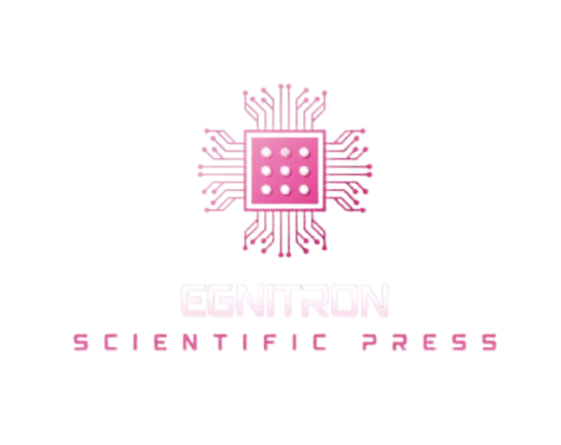Digital Twin Systems in Industry 4.0: A Review of Computing Techniques and Practical Applications
Keywords:
Digital Twin, Cloud Computing, Data Governance, Edge Computing, Hybrid Modeling, Industry 4.0, Internet of Things, Interoperability, Predictive Maintenance, Physics-Based Modeling, Smart Manufacturing, Supply Chain Optimization.Abstract
The industry 4.0 has used digital twin systems which strongly integrate physical properties with their clients to monitor in real-time, do predictive analytics and optimize lifecycle at design, production, and service stages. It is a review of the computing techniques that underpin digital twins, including IoT sensing and edge/cloud computing to acquire data and scale and physics-based and data-driven modeling to provide the high-fidelity representation and AI/ML to support diagnostics, prognostics, and decision making, as well as computing capabilities maturity models and reference architectures to progress capabilities. Applications Practical implementations in the area of discrete and process manufacturing, smart logistics, energy and utilities, and urban systems have shown significant improvements in shrinking downtime, increasing quality, speeding up design cycles, and cost reduction through predictive maintenance and what-if simulation. Spite of the fast maturation rate, the adoption processes are challenged with a long-running equivocation: interoperable data management with non homogenous systems, the complexity and validation of models, security and privacy concerns with cyberspace, and the absence of standards and solid KPI to compare across domains. The review outlines the emerging directions which include AI-native twins, closed-loop autonomy, scalable cloud-edge orchestration, and blockchain and BIM to promote resilient, sustainable and self-optimizing industrial operations. The results overall meaning that digital twins are a key facilitator to data-centric and adaptive manufacturing ecosystems at the core of further development of Industry 4.0.














